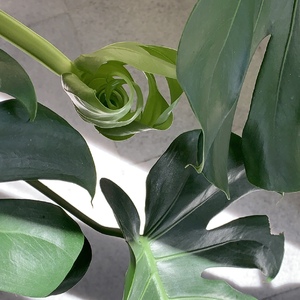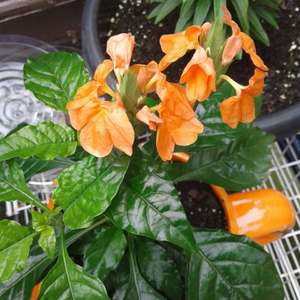成长记
jordi
2018年07月28日

Here is the container this beauty originally came in. It contains a description on the container. #excited
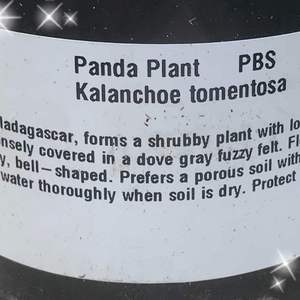

0
0
成长记
Lucky Coyote
2018年06月23日

omg 😲 this little isopod is laying eggs!! I'm actually really excited 😀 baby pill bugs on de wayyyy


0
0
文章
Miss Chen
2017年12月09日

The thought of meaty, earthy morels gets even the most jaded mushroom hunter excited. Yet, morels can be as unpredictable as they are delicious. Conditions for morel growth need to be perfect, and they're picky about which trees they'll grow near. Different morel varieties, or morels in different regions, may prefer particular trees. Most morel trees are hardwood species, and they're frequently old, dead or dying--though this isn't always the case.

Elm Trees
Morels are closely associated with elm trees. Elms grow in a vase-shape with more foliage on the slender upper branches. Find an elm tree that's just started to die and it can be very productive for gray and yellow morels, according to the website Northern Country Morels. Large chunks of fallen bark around the trunk base are usually a sign of a sick or dead tree, ideal for morel growth.
Apple Trees
Apple trees often grow in a twisted, gnarly formation and rarely stretch higher than 20 feet. The distinct pinkish-white blossom appears in May, with ripe apples following in early fall. All types of morel mushrooms grow around the base of apple trees. Untended orchards filled with old apple trees make fertile morel spots, according to fungi expert David Fischer at the American Mushrooms website.
Ash
The ash tree is most associated with black morels, as well as occasional blooms of yellow morel, according to Northern Country Morels. Ash tree bark is gray with deeply marked diamond shapes. Morels will happily grow near large and healthy ash trees, unlike other tree types where the morel prefers decaying individuals.

Poplar
Poplars grow tall, often to over 100 feet. Poplars attract morel mushroom growth in most locations, but in some regions they're especially productive. For example, in the Piedmont plateau region in the eastern United States, morels frequently grow near tulip poplars, according to the University of North Carolina. Live and thriving tulip poplars will often harbor nearby morels. Poplar bark is gray to brown and often ridged and knobbly.
Burnt Trees
Morels often grow in abundance in forest areas burned at some stage in the last three years, according to the University of Alaska Fairbanks. Researchers from the botany department of the University of Wisconsin Madison also noted that morels were particularly fond of growing on the sides of scars in the ground where trees has burned into the earth.

Elm Trees
Morels are closely associated with elm trees. Elms grow in a vase-shape with more foliage on the slender upper branches. Find an elm tree that's just started to die and it can be very productive for gray and yellow morels, according to the website Northern Country Morels. Large chunks of fallen bark around the trunk base are usually a sign of a sick or dead tree, ideal for morel growth.
Apple Trees
Apple trees often grow in a twisted, gnarly formation and rarely stretch higher than 20 feet. The distinct pinkish-white blossom appears in May, with ripe apples following in early fall. All types of morel mushrooms grow around the base of apple trees. Untended orchards filled with old apple trees make fertile morel spots, according to fungi expert David Fischer at the American Mushrooms website.
Ash
The ash tree is most associated with black morels, as well as occasional blooms of yellow morel, according to Northern Country Morels. Ash tree bark is gray with deeply marked diamond shapes. Morels will happily grow near large and healthy ash trees, unlike other tree types where the morel prefers decaying individuals.

Poplar
Poplars grow tall, often to over 100 feet. Poplars attract morel mushroom growth in most locations, but in some regions they're especially productive. For example, in the Piedmont plateau region in the eastern United States, morels frequently grow near tulip poplars, according to the University of North Carolina. Live and thriving tulip poplars will often harbor nearby morels. Poplar bark is gray to brown and often ridged and knobbly.
Burnt Trees
Morels often grow in abundance in forest areas burned at some stage in the last three years, according to the University of Alaska Fairbanks. Researchers from the botany department of the University of Wisconsin Madison also noted that morels were particularly fond of growing on the sides of scars in the ground where trees has burned into the earth.
0
1
成长记
cclecombe
2017年11月05日

Had to spin this around as it was getting a little heavy on one side! Excited to see these new leaves open!
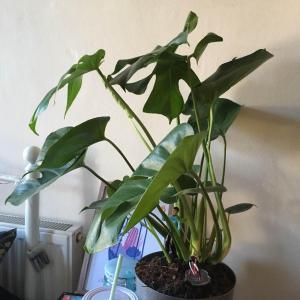
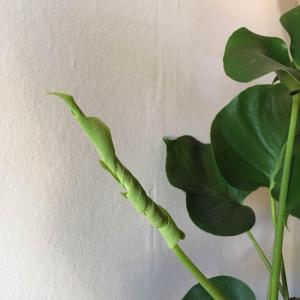

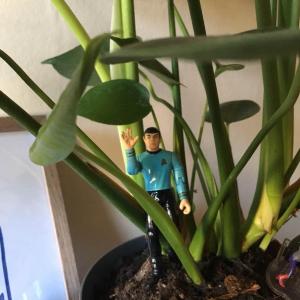




0
0
成长记
astronbot
2017年10月19日

to be clear my lola, brenda song, is named after my dungeons and dragons character, brenda song, who is named after the actress brenda song. i love them all and I'm excited to see my baby plant grow and hopefully one day flower!!
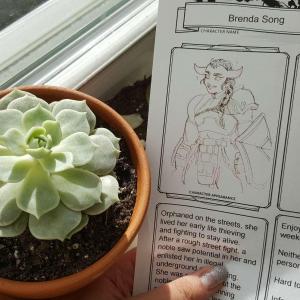

2
0
Penney
2017年08月23日

So excited !! Moved bolder plant to larger pot and wow! It was happy, it started to get another set of bolders and then all of a sudden BAM! A beautiful flower !! Does anyone know the botanical name? Thnx

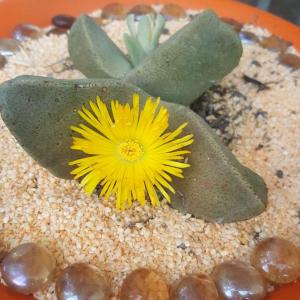
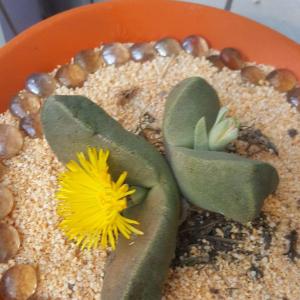

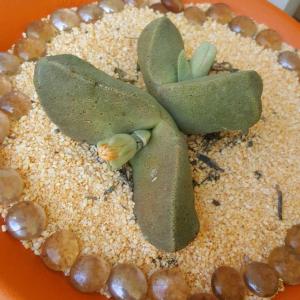





2
0
Ueca:It is most likely in the genus Cheiridopsis but I can't ascertain the species.
文章
Dummer. ゛☀
2017年08月17日

Collectors of succulents will be excited about Crassula pagoda plants. For sheer architectural interest, this unique plant evokes images of a trip to Shanghai where religious temples reflect the unimaginable forms of stacked architecture and astounding building prowess. Red Pagoda Crassula is an easy-to-grow plant that will add punch to any succulent display or as a stand-alone specimen. Here are a few tips on how to grow Red Pagoda and harness the impact of its structure and colorful foliage.

Red Pagoda Crassula
Succulents offer a wide range of form to suit any discernible gardener. The Crassula genus has over 150 different species, each more surprising than the last. The fairly common jade plant is in the genus. Crassula pagoda plants have an even more diverse “wow” factor. The stacked triangular foliage edged with red and fine prickly spines are eye candy for the succulent enthusiast. Growing Crassula Red Pagoda is a must for the gardener crazy about succulents and collecting.
Red Pagoda (Crassula corymbulosa) grows spirally arranged, thick fleshy leaves bordered with bright pink, red or sometimes orange. Once you get over the color, the geometric arrangement of the leaves will astound and amaze. The effect of the layered leaves is hard to describe without invoking artistic expression. Each new rosette of leaves grows on top of an older rosette. The new leaves are mostly green and small but they get larger and larger with brighter colors as you view down the plant’s stem. The effect is almost an optical illusion of looking into a deeply hued, ribbed tunnel. The plant is also called shark’s tooth due to the triangular serrated pads.

How to Grow Red Pagoda
Soil, light and air circulation are key needs for growing Crassula Red Pagoda. The stems are initially erect but over time, as new rosettes form, it will begin to trail. This means you can grow the plant in a hanging basket. It is equally at home in a rockery, clay pot or amongst a display of other succulents in the garden. Red Pagoda is only hardy in United States Department of Agriculture zones 11 to 12 but it performs well as a houseplant, too. Plants prefer well-drained soil with plenty of grit but can survive in amended clay soil. Like most succulents, Red Pagoda is easy to grow from cuttings. Allow the cutting to callus for a few days and insert into a soilless medium. In a month or so, the plant will root and can be transplanted to a display container or the garden.

Caring for Crassula Succulents
Red Pagoda gets its deepest, most vibrant color in winter in a bright location. Plants located in sun develop hues that are rich and jewel-like. The plant has low water needs but it is best to follow a regular schedule of watering in the first year to force a vigorous root system. Red Pagoda is both deer and rabbit resistant, thrives in drought conditions for short periods of time, can perform well in either full or partial sun and has low nutrient requirements. About the only thing that will kill the plant is overwatering, which causes root rot, and a few pests such as mealybugs and aphids. Remove the spent leaves to preserve the best appearance. Lazy gardeners will love caring for Crassula succulents due to their unfussy natures. Good care may see you rewarded in summer with lovely white flowers that are attractive to bees. Divide the plants every 2 or 3 years and share the gift of this unique plant.

Red Pagoda Crassula
Succulents offer a wide range of form to suit any discernible gardener. The Crassula genus has over 150 different species, each more surprising than the last. The fairly common jade plant is in the genus. Crassula pagoda plants have an even more diverse “wow” factor. The stacked triangular foliage edged with red and fine prickly spines are eye candy for the succulent enthusiast. Growing Crassula Red Pagoda is a must for the gardener crazy about succulents and collecting.
Red Pagoda (Crassula corymbulosa) grows spirally arranged, thick fleshy leaves bordered with bright pink, red or sometimes orange. Once you get over the color, the geometric arrangement of the leaves will astound and amaze. The effect of the layered leaves is hard to describe without invoking artistic expression. Each new rosette of leaves grows on top of an older rosette. The new leaves are mostly green and small but they get larger and larger with brighter colors as you view down the plant’s stem. The effect is almost an optical illusion of looking into a deeply hued, ribbed tunnel. The plant is also called shark’s tooth due to the triangular serrated pads.

How to Grow Red Pagoda
Soil, light and air circulation are key needs for growing Crassula Red Pagoda. The stems are initially erect but over time, as new rosettes form, it will begin to trail. This means you can grow the plant in a hanging basket. It is equally at home in a rockery, clay pot or amongst a display of other succulents in the garden. Red Pagoda is only hardy in United States Department of Agriculture zones 11 to 12 but it performs well as a houseplant, too. Plants prefer well-drained soil with plenty of grit but can survive in amended clay soil. Like most succulents, Red Pagoda is easy to grow from cuttings. Allow the cutting to callus for a few days and insert into a soilless medium. In a month or so, the plant will root and can be transplanted to a display container or the garden.

Caring for Crassula Succulents
Red Pagoda gets its deepest, most vibrant color in winter in a bright location. Plants located in sun develop hues that are rich and jewel-like. The plant has low water needs but it is best to follow a regular schedule of watering in the first year to force a vigorous root system. Red Pagoda is both deer and rabbit resistant, thrives in drought conditions for short periods of time, can perform well in either full or partial sun and has low nutrient requirements. About the only thing that will kill the plant is overwatering, which causes root rot, and a few pests such as mealybugs and aphids. Remove the spent leaves to preserve the best appearance. Lazy gardeners will love caring for Crassula succulents due to their unfussy natures. Good care may see you rewarded in summer with lovely white flowers that are attractive to bees. Divide the plants every 2 or 3 years and share the gift of this unique plant.
2
1



